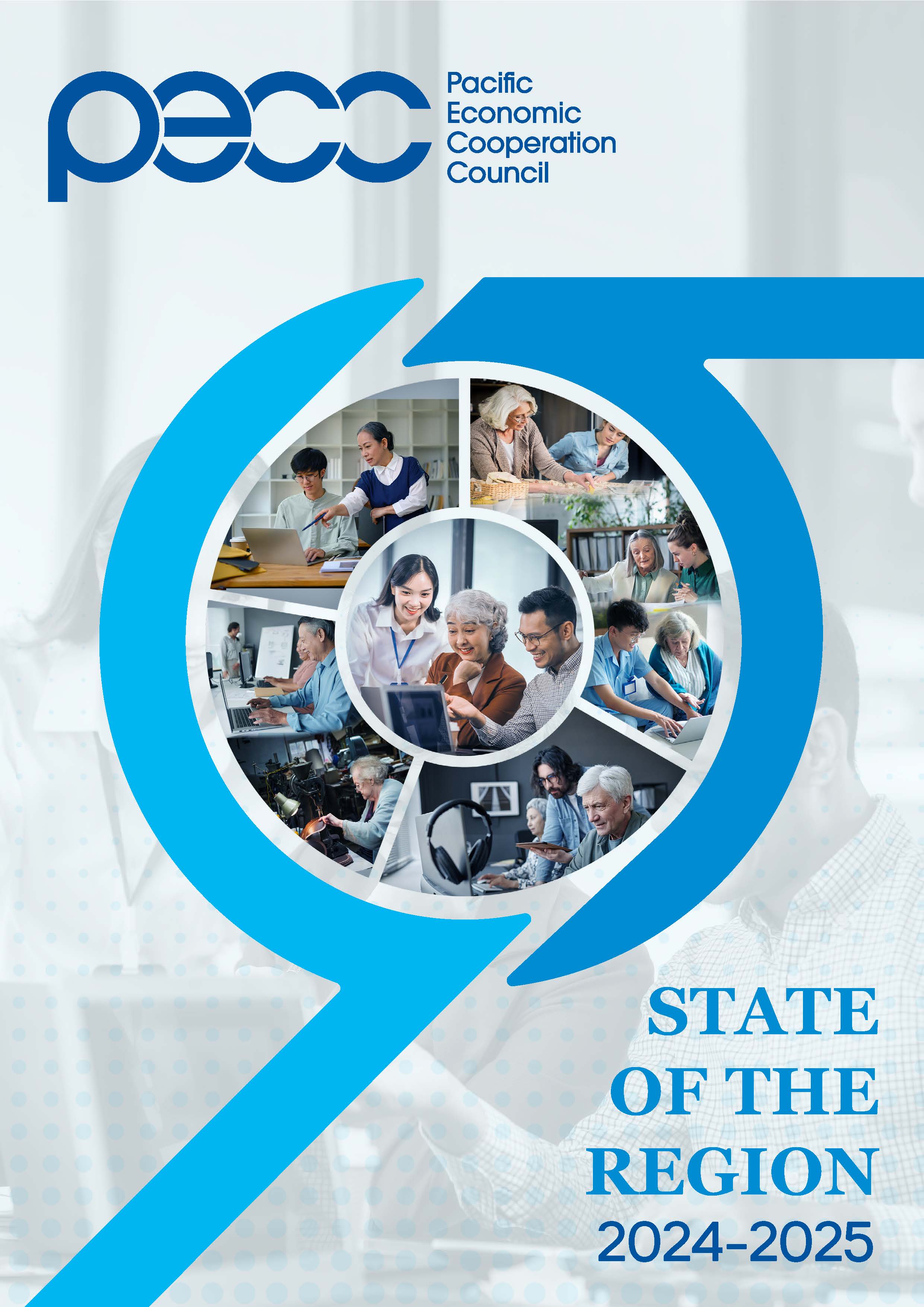 The Asia-Pacific region faces a complex economic landscape characterized by growth potential tempered by significant risks. Forecasts project a GDP growth rate of 3.4% in 2024, with inflation expected to moderate to around 2.3%, but challenges such as geopolitical tensions, climate change, global supply chain vulnerabilities, and ageing populations present substantial risks. These risks are exacerbated by factors such as protectionism, trade conflicts, and the increased frequency of natural disasters affecting economic stability and productivity.
The Asia-Pacific region faces a complex economic landscape characterized by growth potential tempered by significant risks. Forecasts project a GDP growth rate of 3.4% in 2024, with inflation expected to moderate to around 2.3%, but challenges such as geopolitical tensions, climate change, global supply chain vulnerabilities, and ageing populations present substantial risks. These risks are exacerbated by factors such as protectionism, trade conflicts, and the increased frequency of natural disasters affecting economic stability and productivity.
Survey insights reveal a region optimistic about growth but concerned about key obstacles. Among the top five risks identified are geopolitical tensions and associated sanctions, climate change impacts, and supply chain disruptions. Trade and investment liberalization remain central to APEC's goals, yet achieving these goals is increasingly challenging under the current trade-restrictive environment and fragmented global economy.
Population ageing presents unique challenges, with rapidly ageing societies in Northeast and Southeast Asia potentially impacting fiscal sustainability, healthcare, and economic growth. Technological advancements, especially artificial intelligence, could mitigate some negative effects of ageing by boosting productivity; however, they also require policies focused on workforce adaptability and inclusivity.
APEC’s agenda for 2024 prioritizes addressing these risks and includes goals such as enhancing supply chain resilience, updating trade agreements, advancing digital trade, and fostering environmental sustainability. Leaders are called to take decisive action on issues including sustainable growth, economic resilience, and preparing for the socio-economic impacts of demographic shifts.
Ultimately, while the region is poised for growth, sustained progress requires a coordinated approach to policy-making that addresses both immediate economic risks and long-term structural issues, reinforcing APEC’s vision of a resilient, inclusive Asia-Pacific.
Download full report: State of the Region 2024-2025

 The Asia-Pacific region faces a complex economic landscape characterized by growth potential tempered by significant risks. Forecasts project a GDP growth rate of 3.4% in 2024, with inflation expected to moderate to around 2.3%, but challenges such as geopolitical tensions, climate change, global supply chain vulnerabilities, and ageing populations present substantial risks. These risks are exacerbated by factors such as protectionism, trade conflicts, and the increased frequency of natural disasters affecting economic stability and productivity.
The Asia-Pacific region faces a complex economic landscape characterized by growth potential tempered by significant risks. Forecasts project a GDP growth rate of 3.4% in 2024, with inflation expected to moderate to around 2.3%, but challenges such as geopolitical tensions, climate change, global supply chain vulnerabilities, and ageing populations present substantial risks. These risks are exacerbated by factors such as protectionism, trade conflicts, and the increased frequency of natural disasters affecting economic stability and productivity.